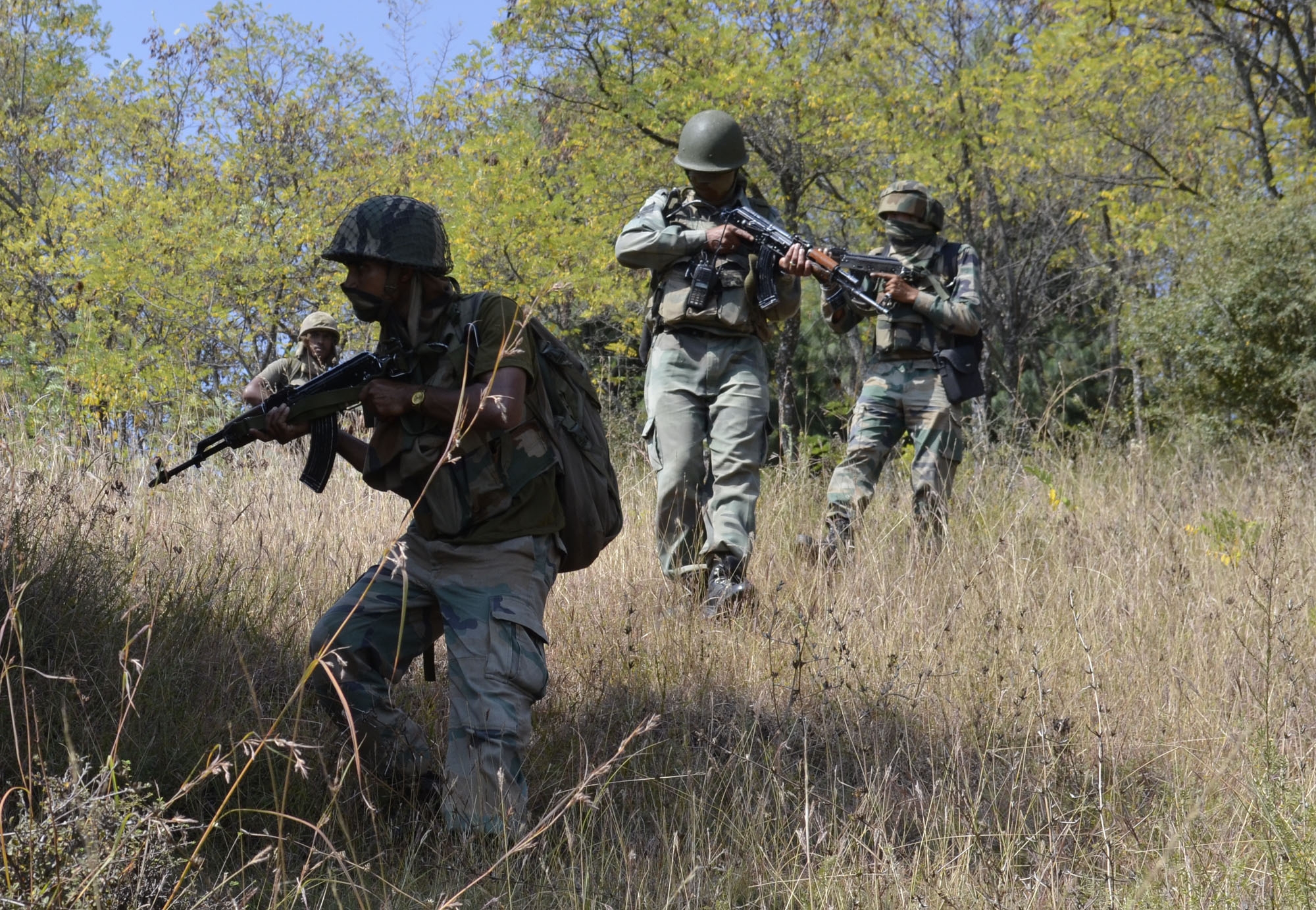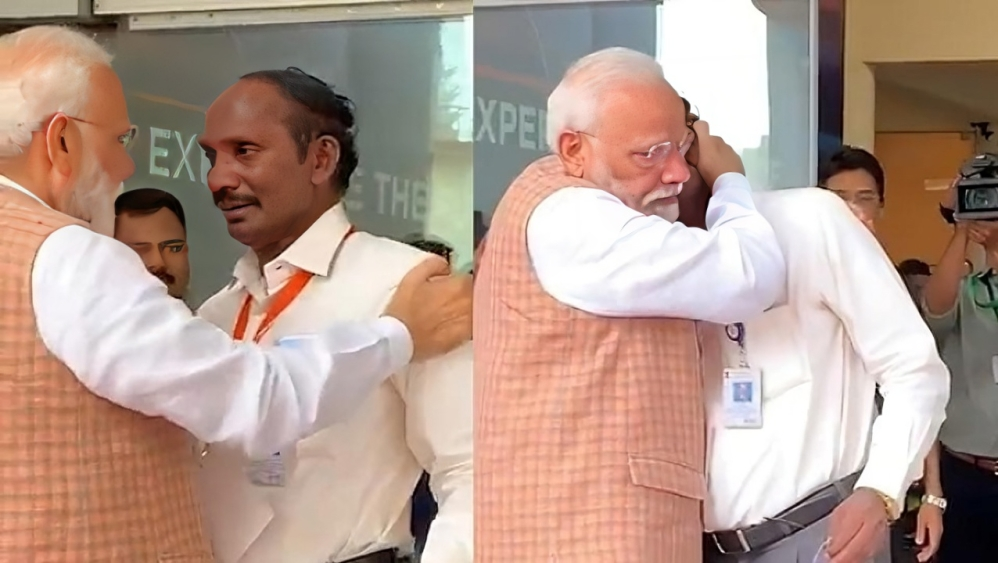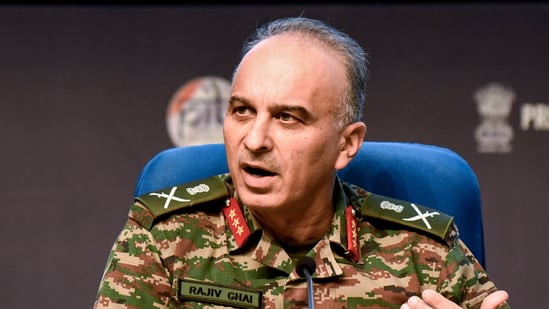J&K Government Deploys 4,000 Ex-Servicemen to Protect Critical Infrastructure
In a decisive move to fortify security across Jammu and Kashmir, the Union Territory government has approved the deployment of…
How ISRO Turns Setbacks into Space Triumphs?
On May 17, 2025, the Indian Space Research Organisation (ISRO) launched the PSLV-C61 mission from the Satish Dhawan Space Centre…
Mexican Navy Ship Collides with Brooklyn Bridge, Sparks Panic and Investigation
New York City was rattled on Saturday evening when a Mexican Navy training vessel, Cuauhtémoc, collided with the historic Brooklyn…
Assam Police Bust Pakistan-Linked SIM Card Racket
In a major nationwide crackdown, Assam Police have dismantled a sophisticated SIM card racket with links to Pakistan, arresting seven…
India-Pakistan Ceasefire to Continue, Says DGMO
The Indian Army has confirmed that the ceasefire agreement between India and Pakistan, which came into effect on May 12,…
ISRO’s PSLV-C61 Mission Fails: EOS-9 Satellite Not Placed in Orbit
In a rare setback for India’s space program, the Indian Space Research Organisation's (ISRO) PSLV-C61 mission failed to place the…






